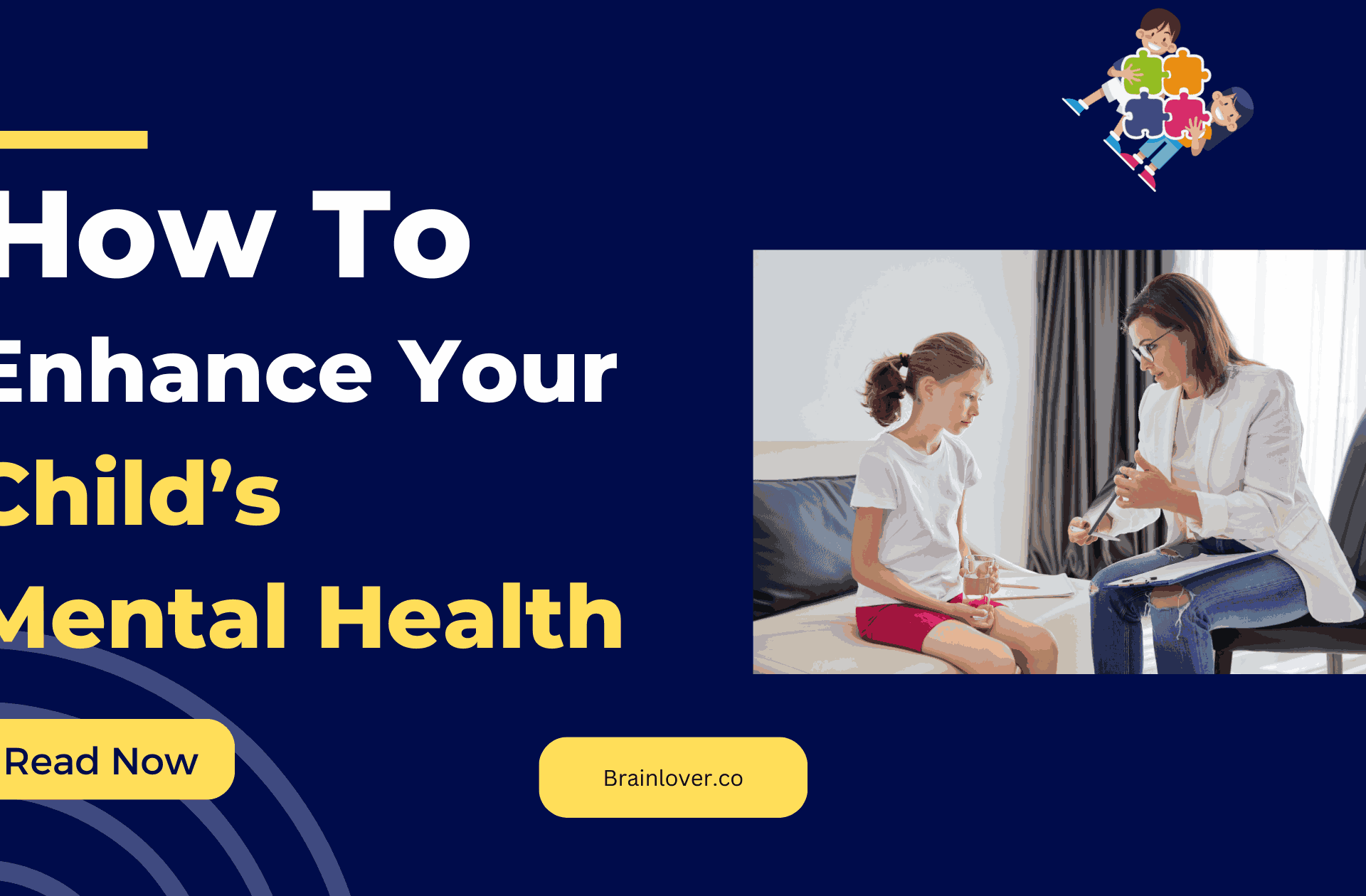Easy-to-Follow Steps for Organizing Life with an ADHD Brain
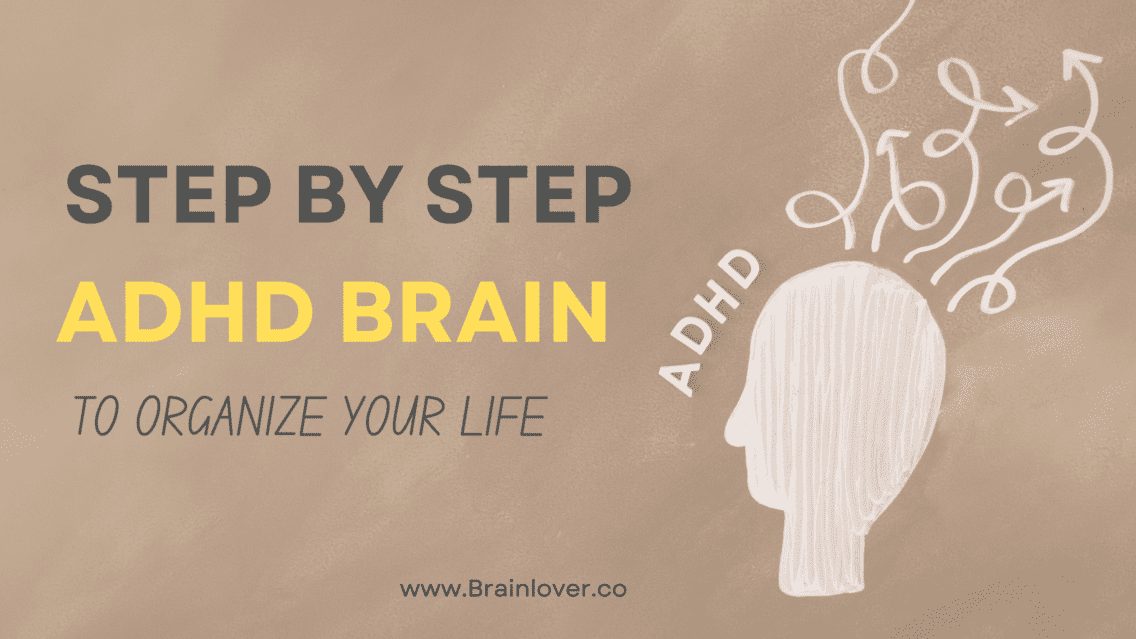
Living with an ADHD brain can sometimes feel like you’re navigating through a labyrinth without a map.
The usual rules of organization might not apply, and you may find it challenging to manage your time and stay focused.
However, with a bit of patience and a few key strategies, you can make significant strides in organizing your life with an ADHD brain.
Understanding the ADHD Brain
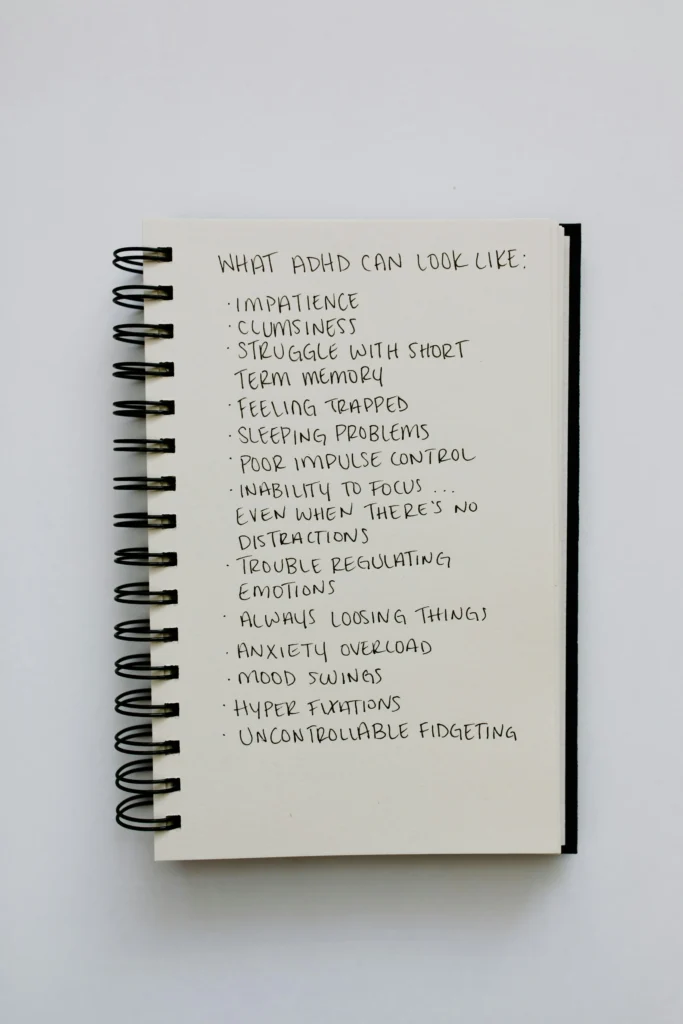
ADHD brains are wired a bit differently, often leading to impulsivity and difficulties with maintaining focus. There are different types of ADHD.
- This can make everyday tasks seem daunting and organization a struggle.
- Yet, it’s crucial to remember that this is not about your capabilities but the unique way your brain processes data.
- Rather than attempting to change how your brain works, the secret to getting organized with ADHD lies in learning to operate in harmony with your brain’s distinct way of functioning.
- Consider it like this: if you’re right-handed, you wouldn’t try to write with your left hand.
- Similarly, forcing an ADHD brain to operate like a non-ADHD one isn’t efficient or beneficial.
Instead, understanding your ADHD brain is about recognizing its strengths and weaknesses and then implementing strategies that match your strengths.
For instance, if you find you’re more productive in short bursts, you could break tasks down into smaller, manageable chunks.
The key here is to work in harmony with your ADHD brain, not against it.
Setting Clear Goals
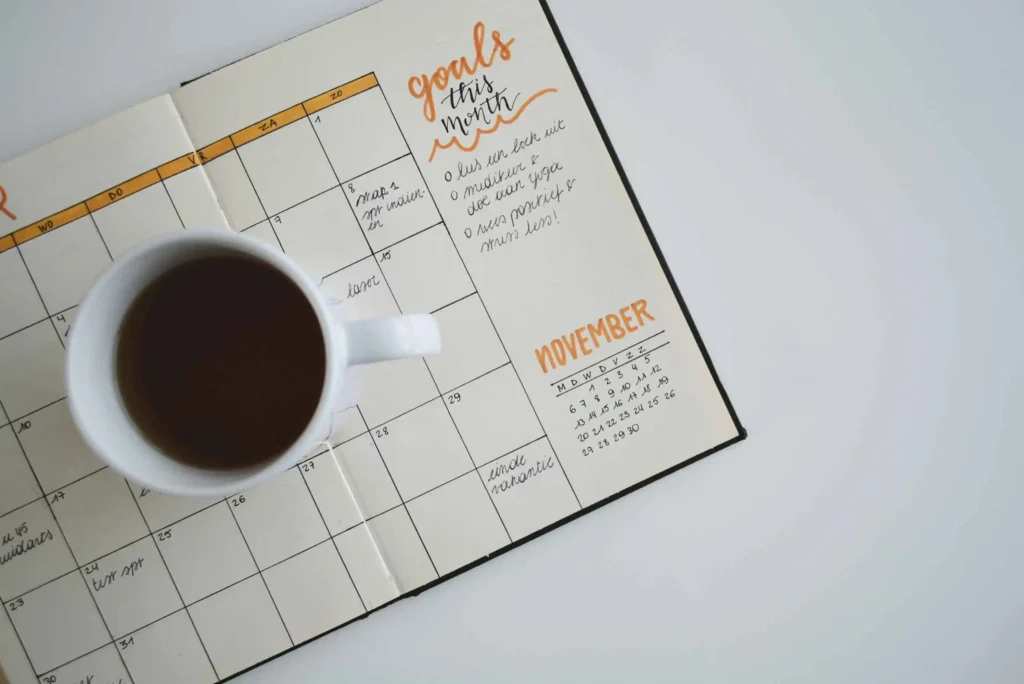
Kickstarting your journey towards organization begins with establishing clear, attainable goals.
Your goals could span various areas, such as tidying up your living space, finishing tasks within set deadlines, or sticking to a consistent sleep cycle.
Your goals must be SMART: Specific, Measurable, Achievable, Relevant, and Time-bound.
For instance, rather than setting a broad goal, such as
“I want to get organized,”
Make it more specific, like
“I will spend 20 minutes each morning sorting through my emails.”
This precise goal is more straightforward to measure, making it more achievable and relevant to your daily life.
By time-bounding your goal to “each morning,” you also set a clear timeframe for accomplishing the task.
Setting SMART goals is a powerful strategy for managing an ADHD brain and guiding you towards increased organization.
Remember, the key to setting practical goals is being realistic about what you can achieve and breaking down larger tasks into manageable parts.
Creating a Routine
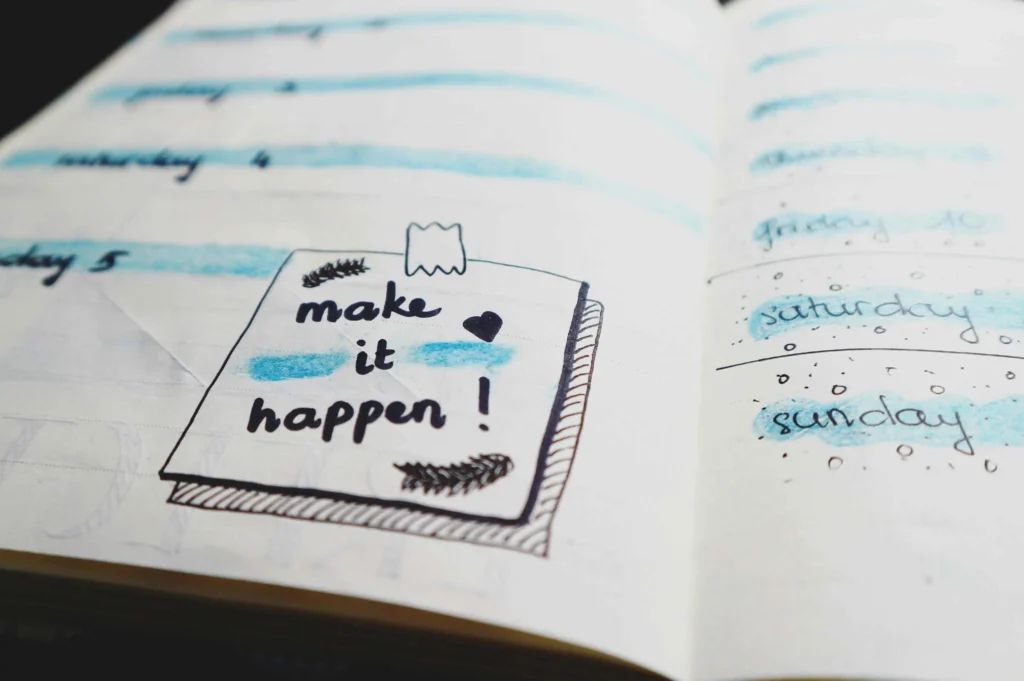
Embarking on the journey of organization with an ADHD brain calls for creating a personalized routine. Let’s break down this process into manageable steps.
- **Identify Your Tasks**: Jot down your daily, weekly, and monthly tasks. Be as comprehensive as possible – from morning routines like brushing your teeth to monthly functions like paying bills.
- **Time-Blocking**: Once you’ve identified your tasks, allocate specific times for each task. If you’re more alert in the mornings, slot in tasks that require more focus during this time.
- **Visualize Your Routine**: Use visual tools like a wall calendar, digital calendar, or a planner app to display your routine. Seeing your schedule can help your ADHD brain comprehend and remember it better.
- **Incorporate Breaks**: Remember to include short, regular breaks in your routine. For instance, you could follow the Pomodoro Technique, which suggests a 5-minute break after every 25 minutes of work.
- **Be Flexible**: Your routine is not set in stone. If a particular aspect isn’t working, adjust it. Perhaps you’re not a morning person after all – that’s fine; shift your focus-intensive tasks to when you feel most alert.
Creating a routine with your ADHD brain in mind involves trial and error, but with persistence, you’ll craft a routine that helps you stay organized and harness the unique strengths of your ADHD brain.
Using Tools and Techniques
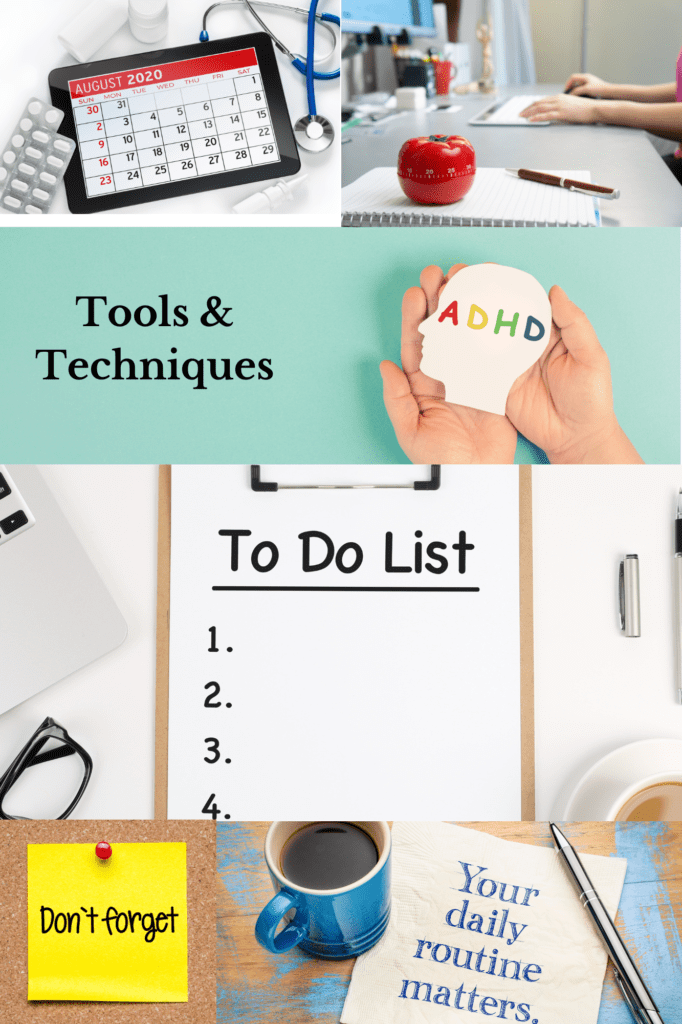
The right tools and techniques can make the journey towards organization smoother for an ADHD brain.
Here’s how to utilize them effectively.
First, try using a to-do list.
Start each day by noting down what you need to get done, and check off tasks as you complete them.
This can help maintain focus and provide a sense of accomplishment. For example, a digital to-do list app like Todoist can be helpful.
Second, use a digital calendar to schedule your tasks.
This could be Google Calendar or any other platform you’re comfortable with. It can visually represent your day, week, or month, making it easier for your ADHD brain to process. For instance, you could color-code your tasks with different colors for work, personal chores, and leisure activities.
Third, set reminders.
Set a reminder if you have a task scheduled for a specific time. It can nudge your brain to switch from one task to another. Most smartphones have built-in reminder apps that can be customized according to your needs.
Lastly, use the Pomodoro Technique.
It involves breaking your tasks into 25-minute intervals, with 5-minute breaks. This can help maintain focus and reduce fatigue.
You can practice this technique using a timer or a specific Pomodoro app.
Incorporating these tools and techniques can significantly aid in getting organized with an ADHD brain.
Organizing Your Physical Space
A serene and orderly physical environment can significantly impact your ability to think clearly and stay organized, especially for an ADHD brain.
Here’s a simple, step-by-step guide to achieve that.
Step 1: **Declutter**: Removing unnecessary items from your workspace. A clear space fosters a clear mind.
Step 2: **Categorize**: Group your belongings based on their function or purpose. For instance, group all your books together or all your craft supplies in one place.
Step 3: **Use Organizers**: Utilize tools like shelves, boxes, and drawer organizers to keep your categorized items. This aids in easy retrieval and minimizes clutter.
Step 4: **Label Everything**: Labeling your organizers can help you quickly locate your belongings. This can save time and reduce frustration.
Step 5: **Create Zones**: Dedicate specific areas for different activities. For example, have a dedicated spot for reading or for working on your laptop. This can help your brain associate these zones with specific tasks, boosting focus and productivity.
Step 6: **Maintain Your Space**: Regularly clean and tidy up your space. Make this a part of your routine, perhaps at the start or end of your day.
By following these steps, you can create a physical environment that supports your ADHD brain in staying organized.
Remember, the goal isn’t perfection but creating a calm space and fostering productivity.
Managing Distractions
A significant challenge for an ADHD brain is dealing with distractions. Here are some practical steps to manage them effectively.
First, pinpoint what commonly distracts you.
Is it noise? Social media notifications? Once identified, implement measures to reduce these distractions.
For example, consider investing in noise-canceling headphones if noise often diverts your attention. If constant pings from your phone are the issue, turn off notifications or designate specific ‘screen-free’ times in your daily routine.
Do remember, it’s perfectly alright to take breaks.
Breaks are essential for maintaining focus and productivity.
But, aim to make these breaks a structured part of your routine.
A method like the Pomodoro Technique, which includes designated break times, can help in this regard.
Instead of treating breaks as an escape from distractions, weave them into your day as a planned strategy for maintaining focus.
In essence, managing distractions with an ADHD brain involves identifying the sources of your distractions, taking practical steps to minimize them, and incorporating scheduled breaks into your routine.
Seeking Professional Help
Navigating the world with an ADHD brain can be challenging, but you don’t have to do it alone.
Experts, such as therapists and ADHD coaches, can assist you.
They offer the unique advantage of a personalized approach to managing ADHD based on a deep understanding of how the ADHD brain functions. Here are a few steps to get you started.
1. **Research**: Start by researching professionals in your area specializing in ADHD. Look at their credentials, methods, and reviews.
2. **Book an Appointment**: Once you find a professional that seems like a good fit, make an appointment. It’s perfectly okay to ask questions during your initial meeting to ensure they fit you.
3. **Discuss Your Struggles and Goals**: Be open about your organizational struggles and goals. This will help the professional tailor strategies specifically to your needs.
4. **Follow Through**: They may recommend specific techniques, coping mechanisms, or medication. It’s essential to follow these recommendations and communicate regularly about what’s working and what isn’t.
Remember, seeking help is not a sign of weakness but a step towards empowerment. A professional can provide the tools you need to harness the strengths of your ADHD brain and enhance your organizational skills.

